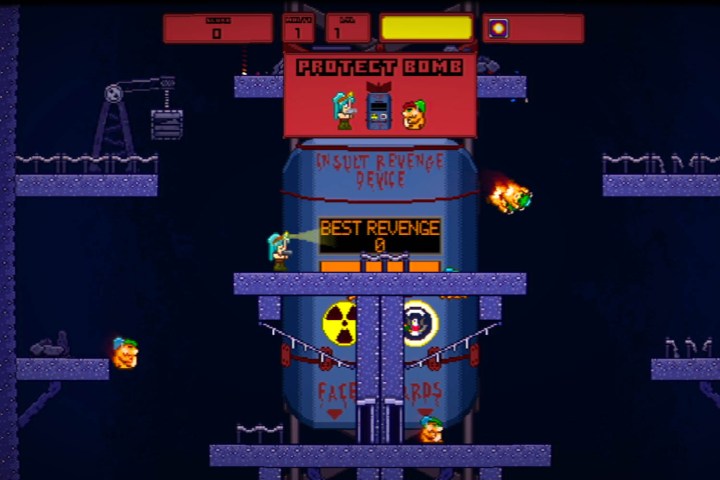
“With an introductory flat monthly fee of $10, Jump subscribers receive unlimited access to the curated library filled with award-winning, top-selling, and/or highly rated indie games,” creator Jump Gaming said in a press release.
Jump promises a latency-free gaming experience through its service, giving players “the same experience as a game that is fully installed onto their device.” Other services like OnLive have taken a somewhat similar approach in the past, but not in the exact same way.
A representative from Jump told us that instead of streaming, game data will be delivered directly to subscribers in small packets. The data will be processed by the user’s PC as if the games were actually downloaded on the system. During a play session, Jump constantly preloads and processes the required game data. This approach to delivering subscription-based games differentiates itself from streaming services like PlayStation Now, and allows Jump to deliver an experience unrestrained by the bothersome issues that come with video lag from streaming services.
Though the game list has not been revealed yet, Jump promises titles from a variety of genres including roguelikes, role-playing games, and couch co-op experiences. As of right now, the service supports play on PC, Mac, and Linux, as well as the Oculus Rift and HTC Vive headsets. There will be no advertisements or microtransactions in any of the games, and some extra downloadable content will also be available — though you will not have to actually download it. Any progress you make will be stored in the cloud, so you can switch to a different device and pick up right where you left off.
As with services like Netflix, games won’t necessarily stay on Jump forever. Developers who opt into the program will have their game on the service for a minimum of one year, and there will be “the opportunity for developers to keep them going beyond that period.” Each month, between six and 10 games will be added to the program. You will have to make sure that new games are compatible with your system’s hardware, however. Certain games will also include support for Xbox One and Xbox 360 controllers, and remapping tools can be used to make other Bluetooth and USB controllers work as well.
The service is currently in its closed beta stage, and you can sign up for a chance to participate right now. The offer runs through July 24.
Update: Added details from Jump about how the service processes game files.


